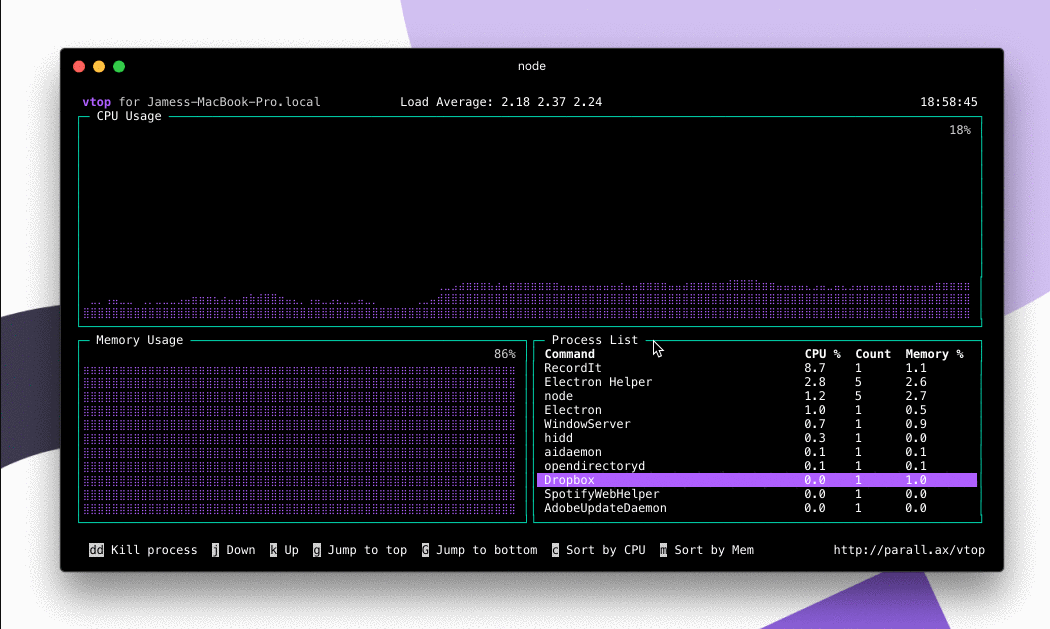

Enter System Monitor in the search bar and access the application. And reboot when memory usage increases over a (higher) threshold. When you have some spare time, take a look at the /proc filesystem on your Linux system for other system information you can find, including /proc/loadavg, /proc/vmstat, and much more. To access the System Monitor: Navigate to Show Applications. Currenly we must raise alarm when memory usage increases over a threashold. I hope these Linux processor and memory commands have been helpful. Summary: Linux processor and memory commands When I issue the Linux memory information command, I see the following output:Īs you can see, my current Linux system has 2 GB RAM, with all the additional memory information shown there. Model name : Intel(R) Pentium(R) 4 CPU 3.00GHzįlags : fpu vme de pse tsc msr pae mce cx8 apic mtrr pge mca cmov pat pse36 clflush dts acpi mmx fxsr sse sse2 ss ht tm pbe constant_tsc pni monitor ds_cpl cid xtprįrom that output I can see my current system is a two-processor Intel system, with additional information about the Intel CPU (CPUs, actually). When I issue that Linux processor information command on my current hardware system, I see this output: (See below for sample output.) Linux processor command output For context, most linux boxes will use 99 of it's memory most of the time, which means the default PRTG linux memory sensor is useless. To see your Linux memory information and memory stats use this command: ' While the SSH script will work, i imagine anyone who monitors a linux box wants to know how much memory is ACTUALLY utilized vs what is used for cache.

Linux memory monitor how to#
(See below for sample processor output.) How to show Linux memory information Also, you can use this attribute in case you need to create specific situations to monitor the net memory used value for those Linux systems.For Historical Data. We recommend that you use the agent to collect metrics and logs instead of using the deprecated monitoring scripts.
Linux memory monitor windows#
To see what type of processor/CPU your computer system has, use this Linux command:Īs you can see, all you have to do is use the Linux cat command on this special /proc/cpuinfo file on your Linux system. The agent supports both Windows Server and Linux, and enables you to select the metrics to be collected, including sub-resource metrics such as per-CPU core. The buffers and cache usage can be more or less ignored, as they will be immediately discarded if any processes need to allocate the memory used by them. But that isn't really a very meaningful number with the way Linux handles memory.
Linux memory monitor free#
Linux FAQ: How can I find Linux processor and memory information? (Also written as, How can I find Linux CPU information?, How can I find Linux RAM information?) How to show the Linux CPU/processor PRTG SSH sensor monitors the free physical memory.


 0 kommentar(er)
0 kommentar(er)
